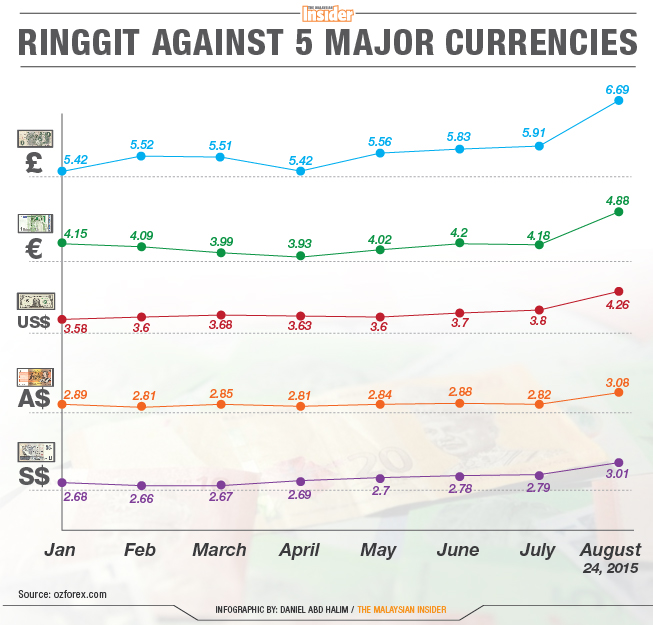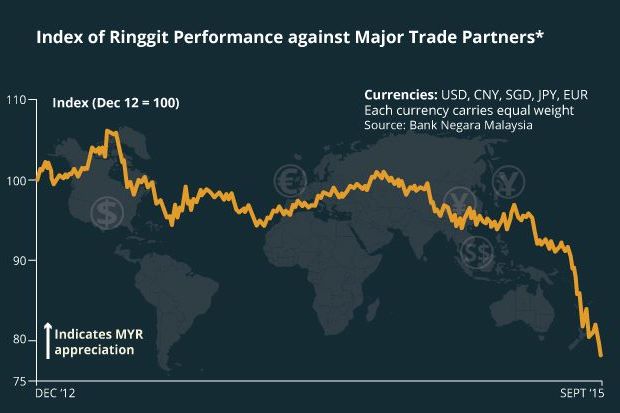For a decade prior to the East Asian financial crisis of 1997 – 1998, the Malaysian economy had been undergoing annual growth rates of 9% which was deemed impressive. Malaysia was seen as a “Tiger” economy, rapid catching up with the Asian “Dragon” economies like Japan, Taiwan and South Korea. However, Malaysia’s political system and its media were not looked upon as being exemplary, although being praised by both local and international publications, such as magazines, journals, academic write ups as well as politicians. This is simply because Malaysia’s political and media systems were seen as being heavily controlled with limited space for expressing opinions.
For instance, looking back at the late 1998, thousands of demonstrators took to the streets of Kuala Lumpur for weeks, reverberated with chants R-E-F-O-R-M-A-S-I. They demanded changes and justice for Datuk Seri Anwar Ibrahim, who was sacked as a former Malaysian deputy prime minister and finance minister. He was later detained, beaten up by Malaya’s top policeman, charged in court, convicted and sentenced to 15 years of imprisonment, as well as the clearer picture and accountability of the Mahathir administration. Prior to that, in 1997, Asian financial crisis begin affecting Malaysian economy, as many business were going through bankruptcy, while the privileged ones were helped by the administration.
Tun Dr Mahathir
Photo credits: Wazari Wazir
On 2 September 1998, Mahathir sacked Anwar based on allegations of sodomy, adultery, and abuse of power. Anwar decided to go on the offensive. At first, he held daily gatherings at his residence which was attended by hundreds, explaining the reason why he was sacked of his position, detailing corrupt practices within the administration of which he was once a member. However, the mainstream Malaysia media had blocked all reports, news and stories of the gatherings at his home, because before his dismissal, newspapers and television editors who were closely aligned to him had been ousted. Due to that Anwar decided to go on a nationwide campaign to explain his side of the story, that is, to reveal the continuous abuse of power by influential ministers in the administration. Through his campaign, Anwar also detailed cases of nepotism and cronyism involving Mahathir and his connection.
Shortly after that, on 20 September, Anwar was arrested under the ISA, his consequent “black eye” and his conviction created rifts within the Malay community. Subsequently, opposition political parties, NGOs as well as religious groups began creating a group called Gerak, demanding for extensive reforms in the government system. The reformasi movement gained momentum with Anwar’s arrest, court charges and cases, as it only illustrated that everything had gone wrong with the Mahathir administration.
Anwar’s ‘black eye’
Photo credits: Kini X
As a result, it was during this time that the mainstream media began to lose its reliability and credibility. Throughout the economic and political crisis which followed, official denial and media censorship were deemed necessary. Policy decision such as pegging the value of Malaysian ringgit to the American dollar, the imposition of capital controls had the government bail-out selected companies, especially those belonging to Mahathir’s children and friend. The crisis was never criticized by both print and broadcast media because the issue was never even discussed in the first place. During this time also, the little space for alternative viewpoints and opinions were often restricted. For example, The New Strait Times, cancelled the famous literary column, written by Amir Muhammad, who is a young writer, for being too critical of the administration. From this, it is evident that the mainstream media has always been heavily controlled.
Even after many years has passed, it is said that the credibility of Malaysia’s mainstream newspapers are at stake. The Star is the biggest English language daily newspaper in Malaysia, with an average audited sales of 290,000 copies daily between January and June, 2012. The ST said that Utusan Malaysia has been accused of biased reporting for many years, and its circulation had dropped drastically from 213,000 in 2006 to between 170,000 and 180,000 last year. The New Strait Times which was once the No. 1 English language paper, had seen its circulation decline sharply from 1999 to the early 2000s, falling from 180,000 to as low as 80,000. The ST claimed that readers ignored and avoided the paper for what was deemed as biasness reporting on Anwar’s sacking as deputy prime minister in 1988, followed by corruption and sodomy trials and charges.
Besides that, ST claims that newspaper readership in Malaysia are going through challenges as the new generation are increasingly getting their news online. In 2013, the independent malaysiakini.com was one of the top news website in Malaysia. According to Hah Foong Lian, a new media analyst with Monash University Malaysia and former reporter at The Star, he states that urban readers are much more connected and they compare content with the alternative media. They witness that the same event is given a dissimilar slant in the mainstream so people begin to question the credibility.
Utusan Malaysia
Photo credits: Noer Mohammad
Reference
Nain, Z & Wang L, K 2004, ‘Ownership, Control and the Malaysian Media’ in Thomas, P. N & Nain, Z (eds) Who Owns the Media: Global Trends and Local Resistances Southbound, Penang, pp. 249-270.
![[Reformasi Malaysia 1998!.. Anda ada di MANA?] Kemelut Selangor ni macam masing2 dah lupa keinginan Reformasi 1998. Dan pada Pilihanraya Umum 2013 Keputusan undian utk Barisan National ialah 47.38% manakala undian utk Pakatan Rakyat ialah ialah 50.87%](https://farm4.staticflickr.com/3878/14900680936_ce11f04587_z.jpg)

















